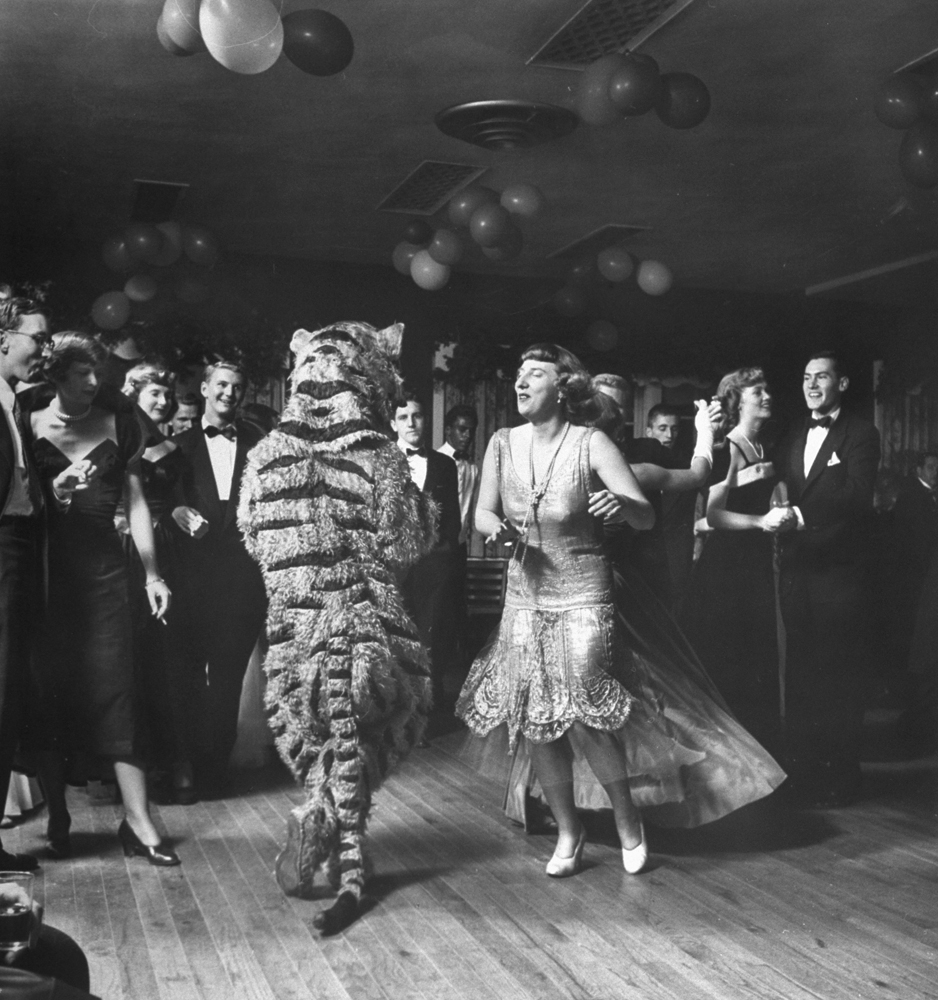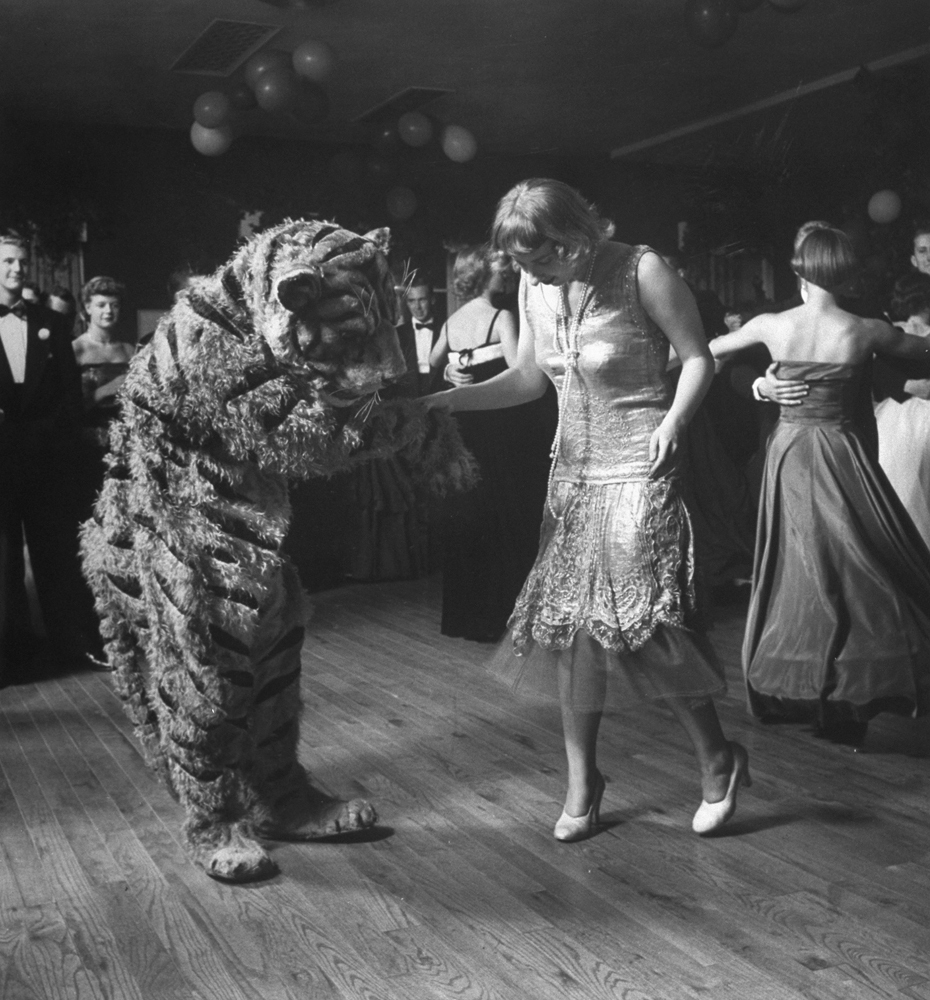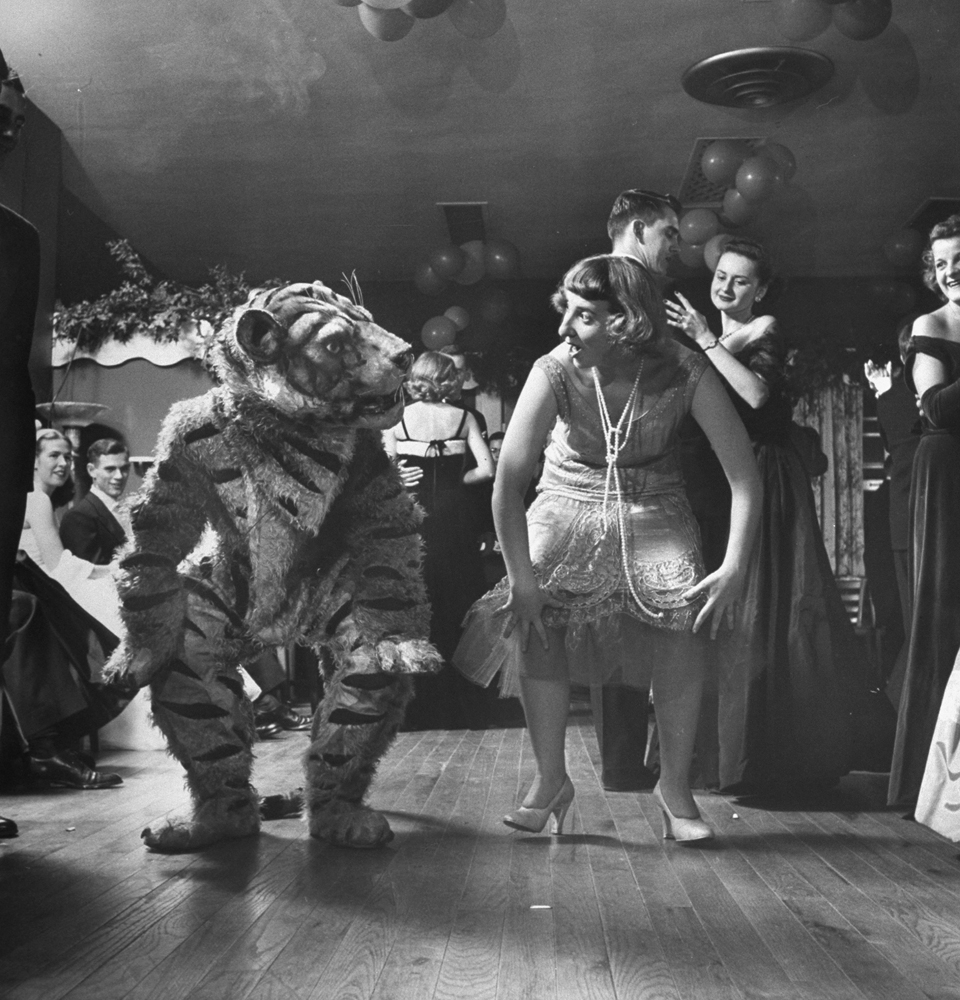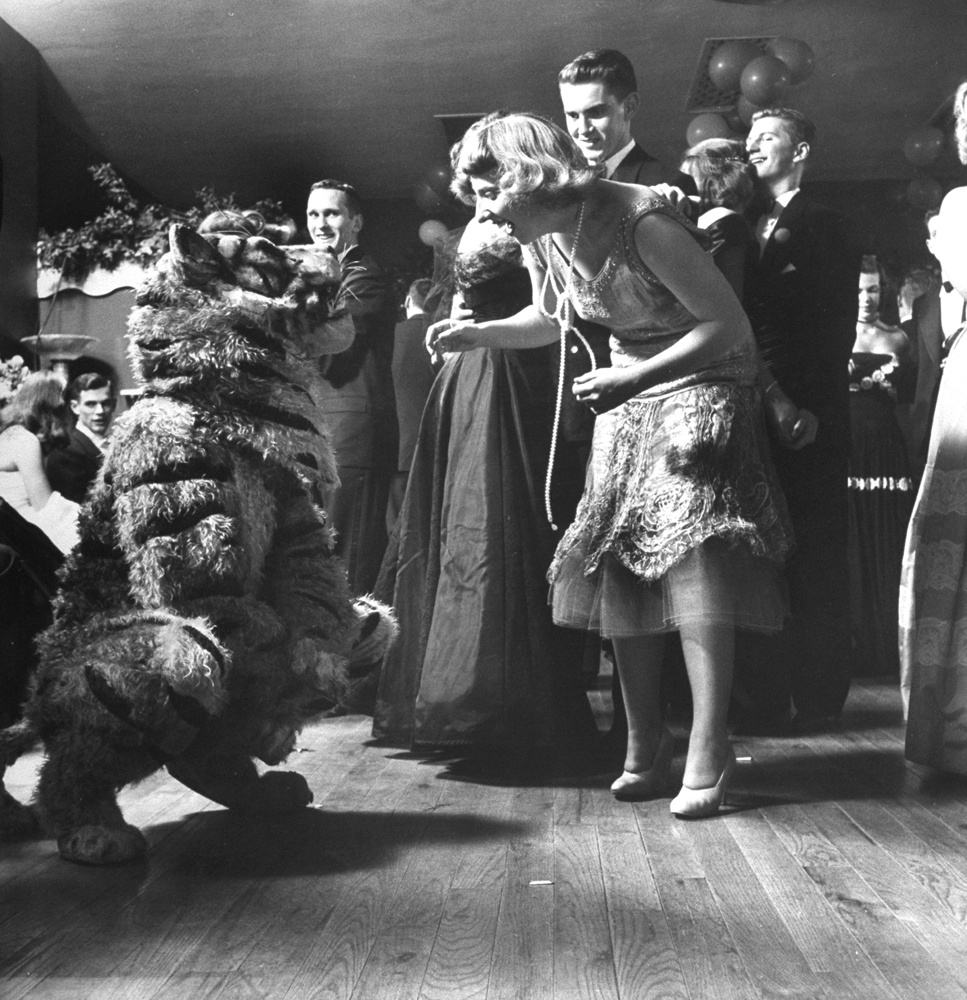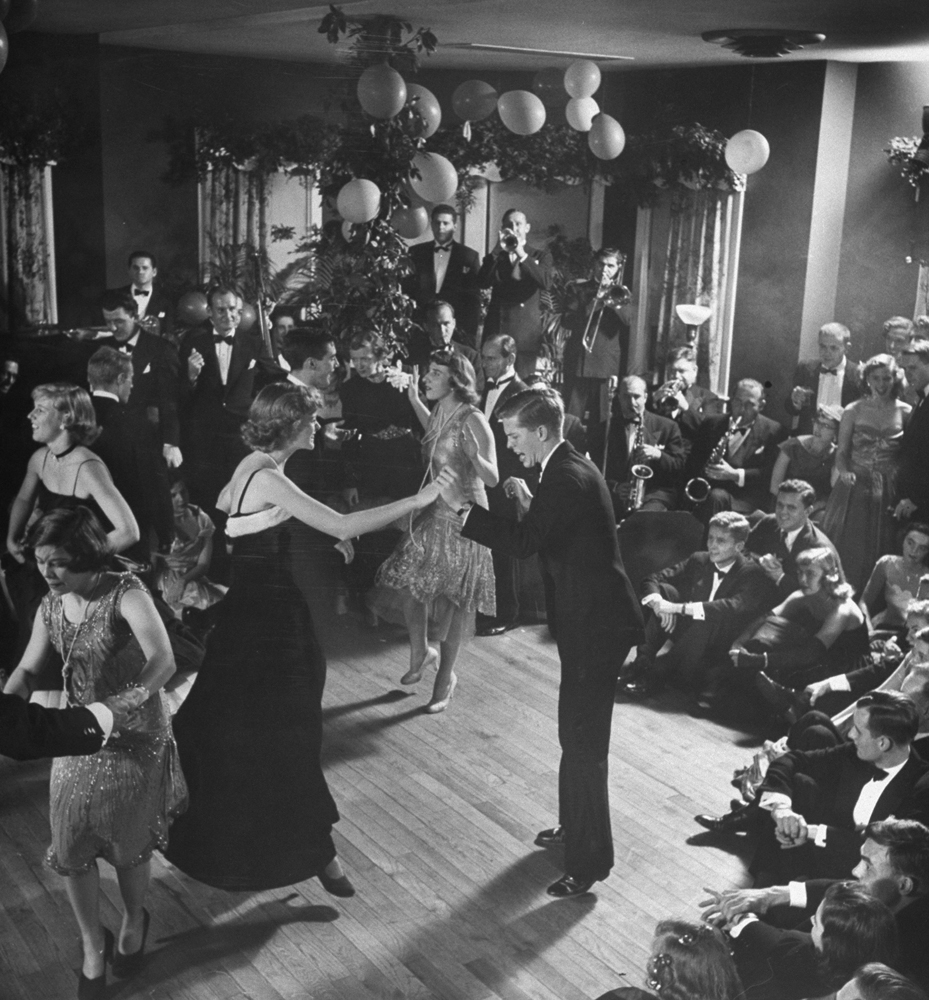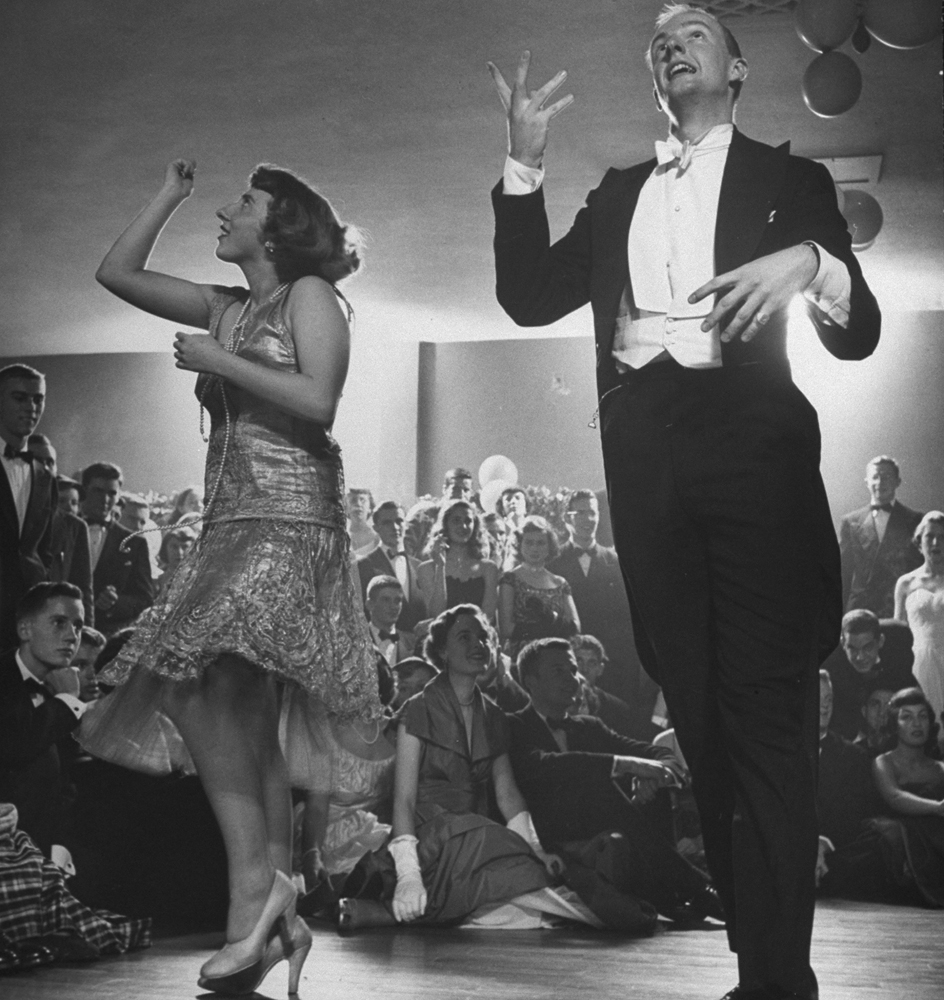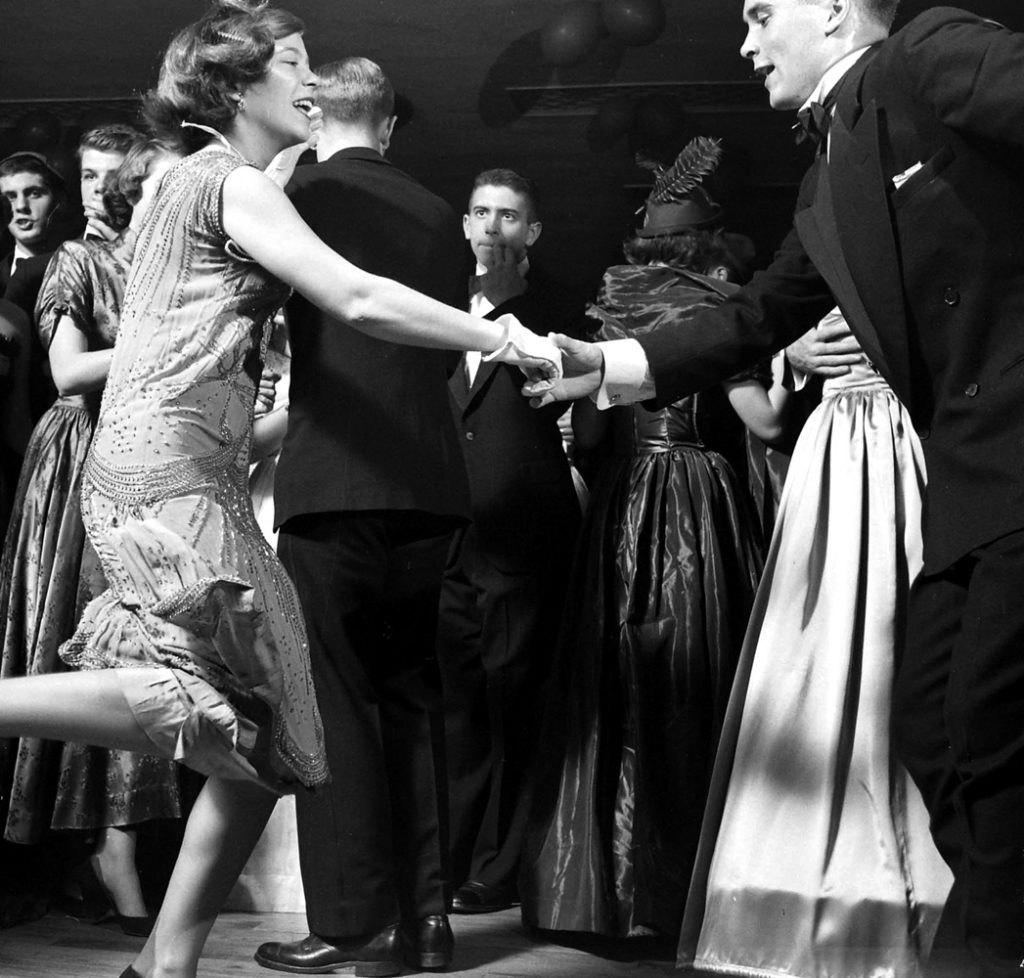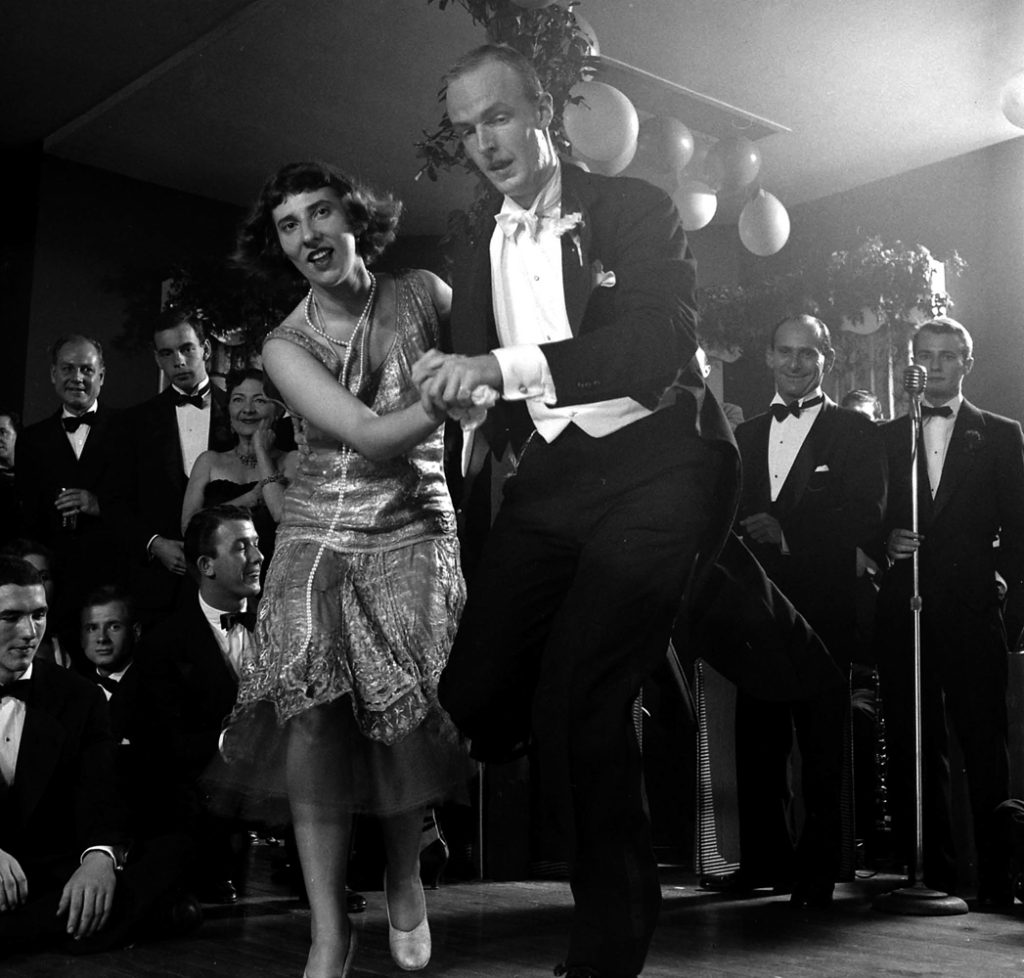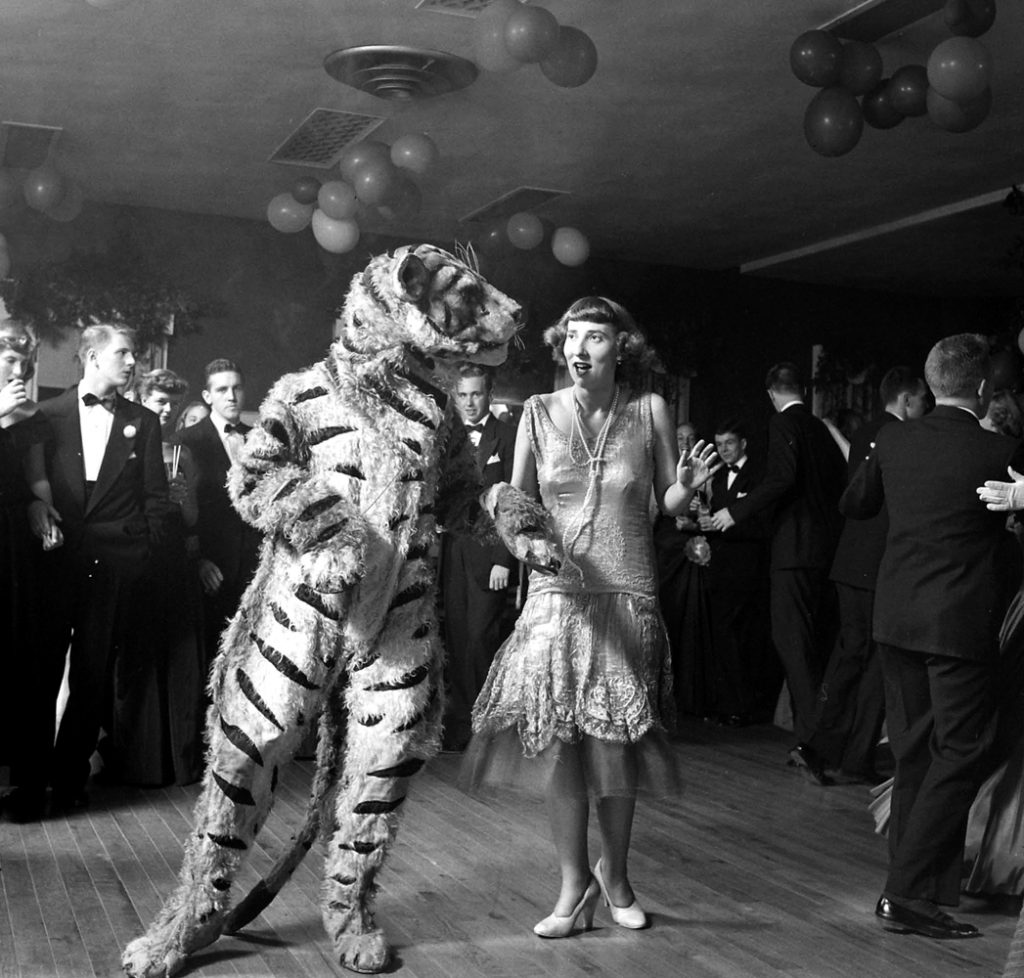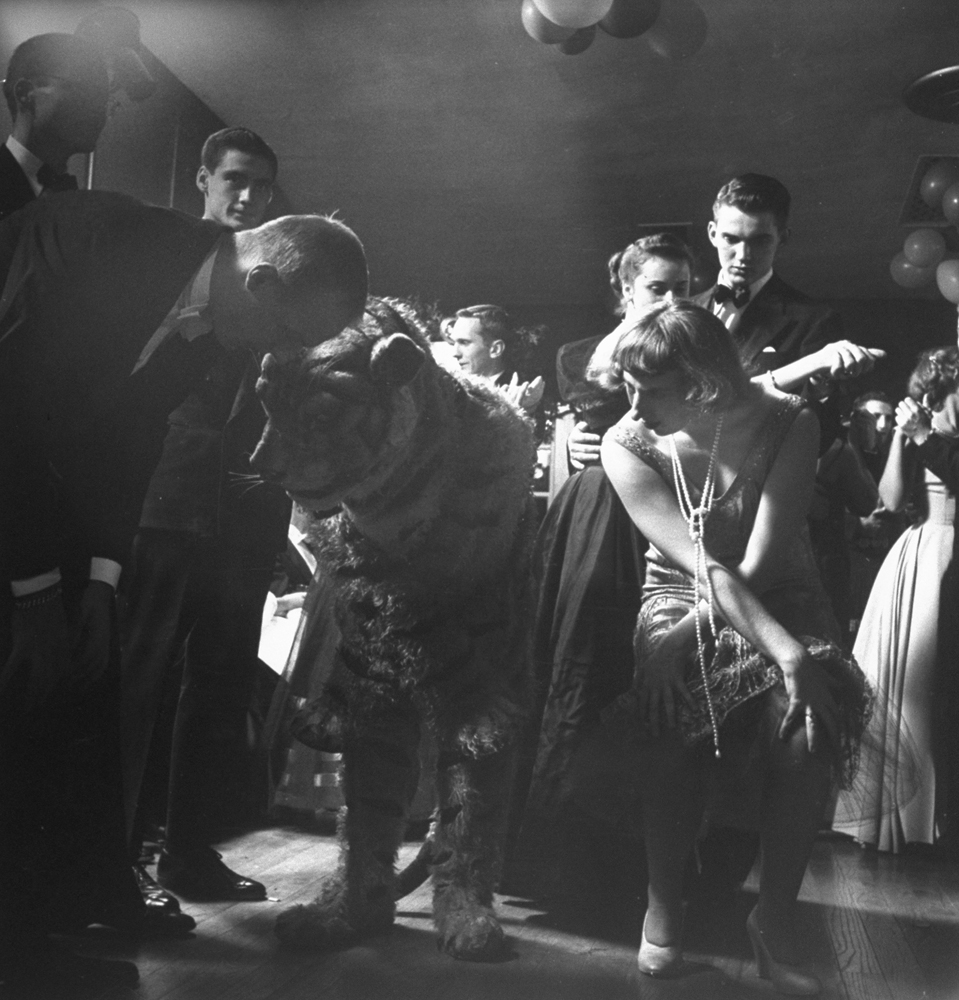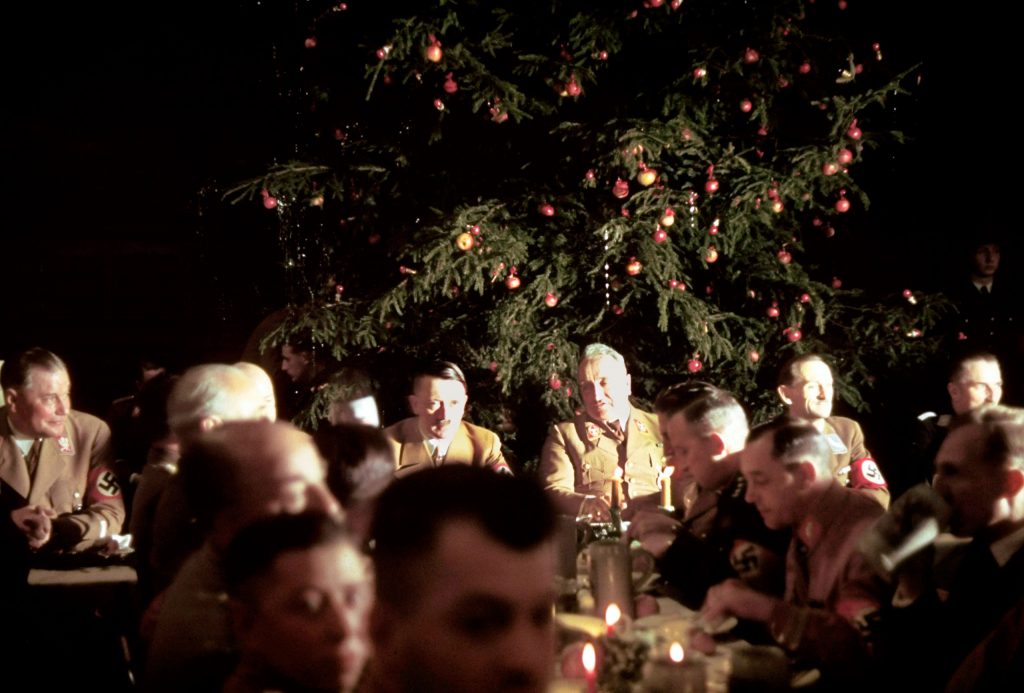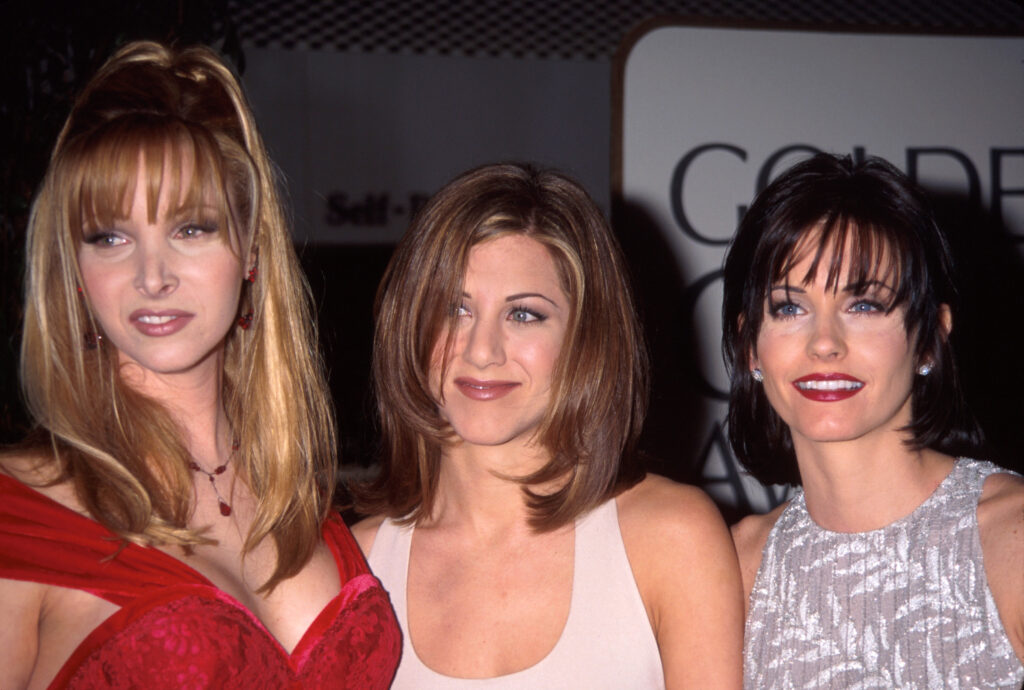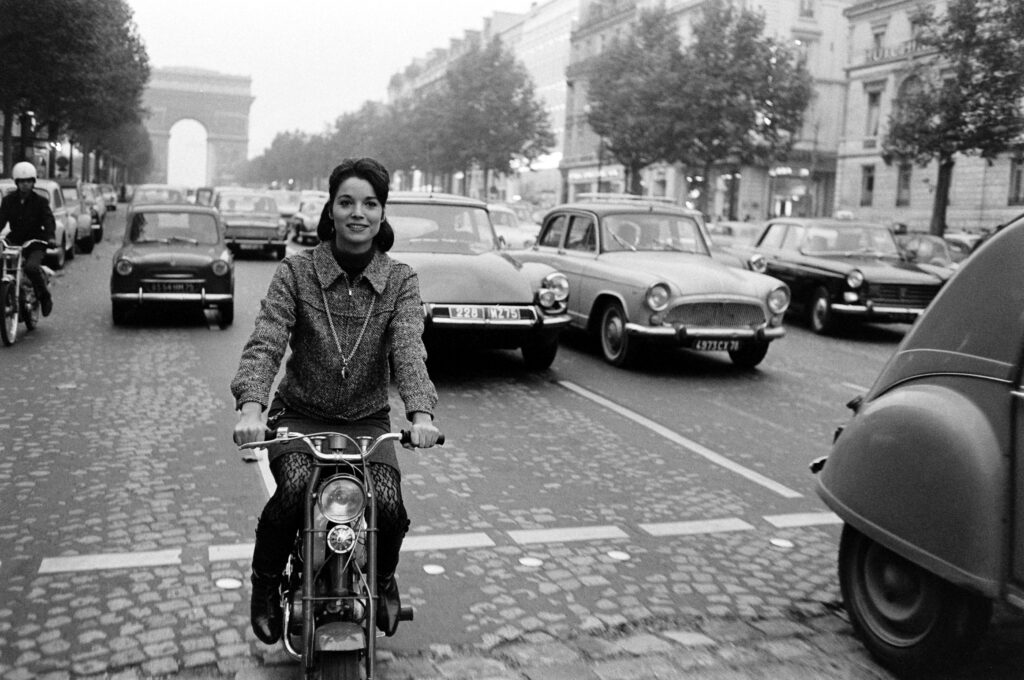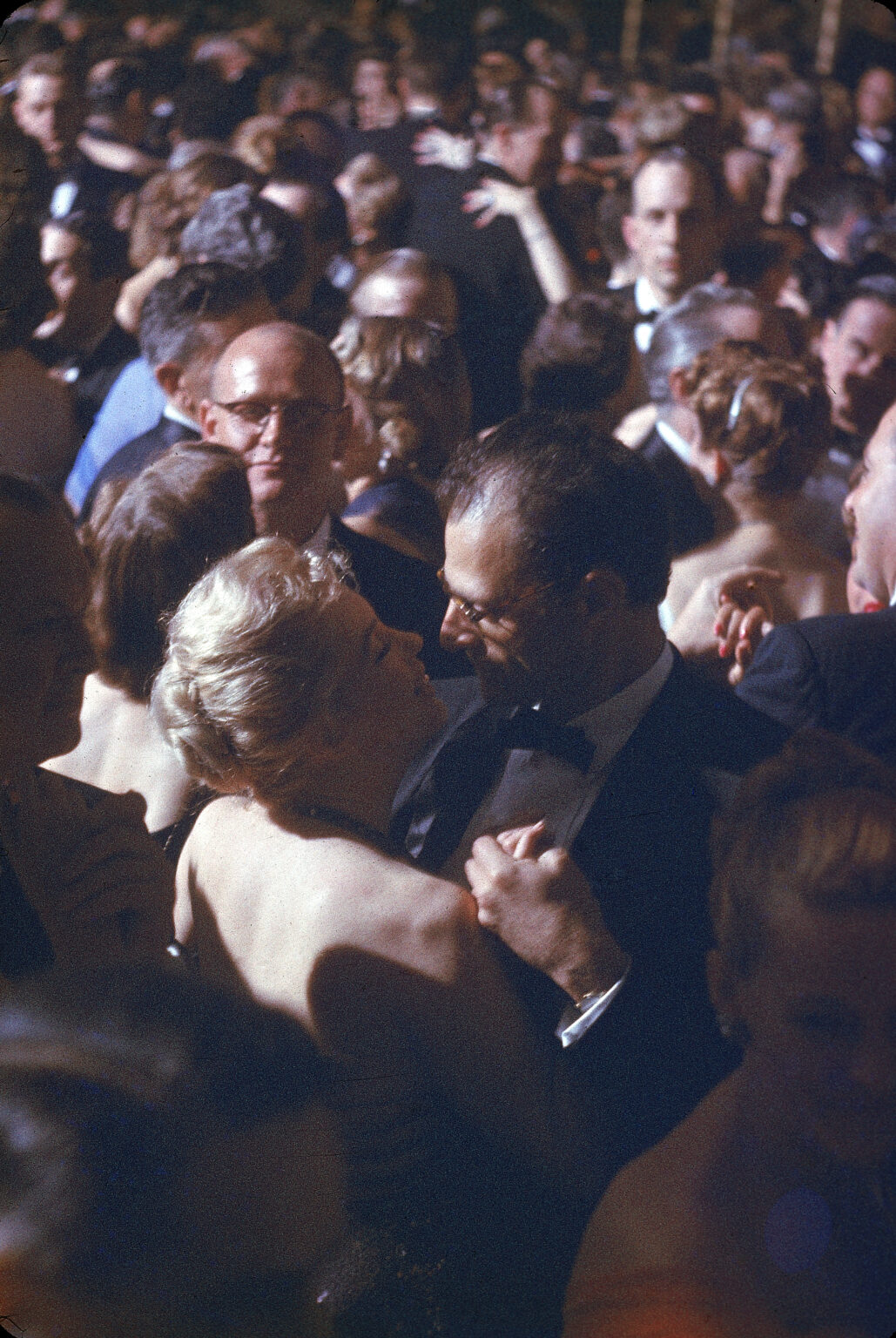In August 1972, LIFE magazine published an intimate and, for the time, remarkably even-handed article on the mounting problems associated with street gangs in New York and other cities around the country. The piece focused on one gang in particular, the Reapers in the South Bronx, and featured a series of powerful color pictures by a young photographer named John Shearer.
Shearer was only the second African-American staff photographer ever hired by LIFE—after Shearer’s mentor and friend, the great Gordon Parks—but even he had trouble penetrating the gang’s wall of suspicion.
“I visited the neighborhood five or six times, without my camera,” Shearer recently told LIFE.com, “just so I could get a feel for that part of the South Bronx. A few times I was approached by Reapers asking me what I was dong there, but largely I was left alone.”
Then, on one fortuitous early morning after a late night in the neighborhood, an exhausted Shearer was sitting outside a bodega drinking a cup of coffee when a Reaper literally tripped over his legs. It turned out the young man was none other than Eddie Cuevas, the charismatic president of the gang.
Shearer and Cuevas got to talking, and when Cuevas learned that Shearer was not only a genuine photojournalist with an impressive list of assignments already under his belt, but that he was also the son of Ted Shearer, the groundbreaking visual artist and creator of the long-running comic strip Quincy, it was a done deal. The next day, Cuevas informed Shearer that he could begin shooting the Reapers lives in earnest.
“Eddie fancied himself something of an artist,” Shearer recalled. “He’d designed the Reapers’ colors, and the fact that my dad was the man behind a comic strip that he read every day provided me with my ticket into his world.”
For its part, months later LIFE wrote of that world in its Aug. 25, 1972, issue:
Eddie Cuevas, 20 years old, is the tough president (“Prez) of a tough 200-member Bronx street gang called the Reapers. He has been a Reaper since he was barely into his teens. The Reapers were then declining, losing strength steadily to the more glamorous incoming drug culture. But the street gangs have come back in New York and other major cities. They are larger and more dangerous than before, but now drugs are out. “I saw what they did — lots of guys ripped off, string out or dead,” says Eddie.
In the Bronx alone there are over 100 street gangs … Gangs still argue perpetually, fight often and even occasionally kill over such matters as prestige and “colors,” the sleeveless denim jackets bearing the gang’s name and symbol … “Gangs like the Reapers are good and bad,” says a Bronx patrolman on he beat. “One night they’ll spend two hours helping us look for a rapist, the next they’re out to beat up some civilians.”
The article ended with a mention that Eddie had been arrested on a charge of attempted homicide. He was in Riker’s Island jail, awaiting trial. He eventually beat the charges, and even found some work for a time painting sets and doing other part-time work for theater companies after Shearer made a few inquiries in an effort to Cuevas escape the gang life.
How long Eddie’s “straight” life lasted, though, remains a mystery. Shearer lost touch with him, and with all the other Reapers, not long after the feature ran in LIFE a not-unusual occurrence that, Shearer admitted, was emblematic of one of the toughest parts of the job.
“You’d work for weeks on an assignment,” he told LIFE.com, “and sometimes—not always, but sometimes—the relationships and even the friendships you forged during that time could be pretty intense. But maintaining those relationships was close to impossible. It simply wasn’t like today, with email and Facebook and all the other ways people have of keeping in touch with each other, all over the world. You’d be off on another assignment, and then another, and then another, and there’s just no way that we could have stayed in touch with everyone we came in contact with and stayed on top of what they were doing, or even if they were dead or alive.”
In recent years, some of the Reapers from those days have gotten in touch with Shearer, finding him via the Internet and seeing if he might be interested in meeting again after all this time. In fact, not long ago he was invited to a reunion, of sorts, in the Bronx but it turned out that the weather that day was hellish and it was impossible for him to travel down to see his old (some of them now very old) acquaintances from where he now makes his home in a small town north of New York.
“I really would have liked to have been there,” he said, “but it just didn’t happen that day. Maybe some other time.” The way Shearer says it, that phrase maybe some other time sounds different than when other people say it.
It sounds like he means it. It sounds like he wants it to be true.
John Shearer has been a photographer, writer, director, lecturer and professor. At 17 years old, he was one of the youngest staff photographers at a major publication when he was hired by LOOK magazine, where he covered civil rights and the race riots of the 1960s. He was hired by LIFE in 1968, where he was the second African-American staff photographer in the magazine’s history. Shearer has won 175 national photography awards. His work has been exhibited at the Metropolitan Museum of Art, MOMA and the Whitney Museum.

Reapers president Eddie Cuevas met with gang members, South Bronx, 1972.
John Shearer/Life Pictures/Shutterstock

On a Bronx street were names important to the Reapers: Eddie, his girl friend Yvette, Con and Mr. Kool, the war lord and vice-president.
John Shearer/Life Pictures/Shutterstock

Eddie often complained about being hassled by police, but he got along well with the cop on the beat, and talked about wanting to become a policeman himself: “I’d rap to the fellows and take care of my people.”
John Shearer/Life Pictures/Shutterstock

Reapers gang members cleaned up their South Bronx neighborhood, 1972.
John Shearer/Life Pictures/Shutterstock

With Javelins, nearby allies, Eddie discussed plans to clean up neighborhood.
John Shearer/Life Pictures/Shutterstock

Flanked by his warlord (wearing a hat), Eddie warned the president of a rival gang to leave Reaper members alone.
John Shearer/Life Pictures/Shutterstock

In a city youth agency office that sometimes gave him funds, Eddie argued for money for trips out of the city: “I want my boys to see what the world’s about.”
John Shearer/Life Pictures/Shutterstock

A peace treaty among the gangs was violated by rivals. Under pressure to retaliate, Eddie instead went before a night meeting and asked for patience.
John Shearer/Life Pictures/Shutterstock

The Reapers street gang, New York, 1972.
John Shearer/Life Pictures/Shutterstock

In an apartment building corridor, members of the Reapers administered their own swift and brutal justice to a junkie accused of having stolen a Reaper’s car.
John Shearer/Life Pictures/Shutterstock

In an apartment building corridor, members of the Reapers administered their own swift and brutal justice to a junkie accused of having stolen a Reaper’s car.
John Shearer/Life Pictures/Shutterstock

Eddie and his fellow Reapers paid their respects to ‘Chino’ Rosa, a member of a neighboring gang who was knifed to death. Friends of Chino’s said he was held up and murdered by a junkie, but a grand jury decided that Chino’s assailant had been acting in self-defense. The Reapers donated a week’s dues to the bereaved family.
John Shearer/Life Pictures/Shutterstock

Eddie’s mother maintained a shrine to her husband in the four years since his death.
John Shearer/Life Pictures/Shutterstock

Reapers president Eddie Cuevas and his mother in their South Bronx apartment, 1972.
John Shearer/Life Pictures/Shutterstock

Eddie and Yvette had been going steady for four years: “When we get married,” he said with pride, “she’s going to wear a white dress.”
John Shearer/Life Pictures/Shutterstock

Eddie Cuevas, president of the Reapers street gang, peered out a window in the South Bronx, 1972.
John Shearer/Life Pictures/Shutterstock

Eddie Cuevas, president of the Reapers street gang, with his girlfriend Yvette, South Bronx, 1972.
John Shearer/Life Pictures/Shutterstock

















































